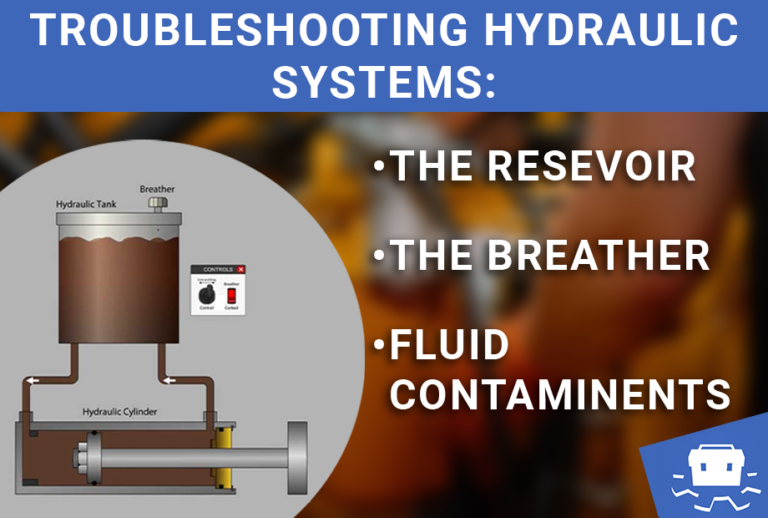Hose length is another important consideration. An excessively long hose will add restriction to the flow – increasing system pressure and reducing system efficiency. However, the hose must allow for any bending and flexing that occurs while the system is running.
While it might be obvious that your choice of hose must be compatible with the hydraulic fluid used within your hydraulic system, you also need to consider the environment outside your system. This will affect your choice of material of the outer cover of your hose. For example, thermoplastic hoses tend to offer a higher resistance to chemicals or UV.
Where weight or space is a concern, or where your system design means a tight bend radius is necessary, it is worth considering whether you can choose a hose with a thin-wall inner tube.
Finally, you need to ensure that your system design meets any governmental and industrial standards for your application.









